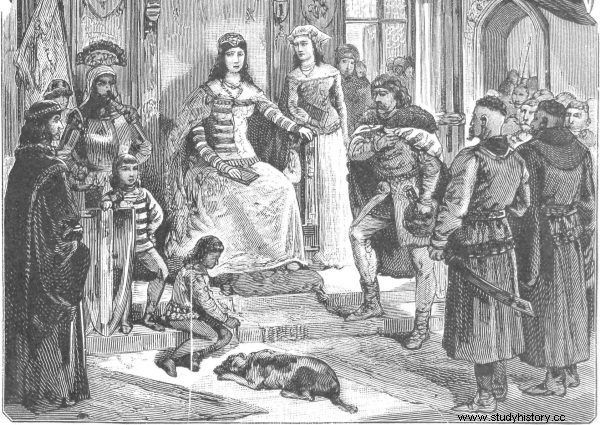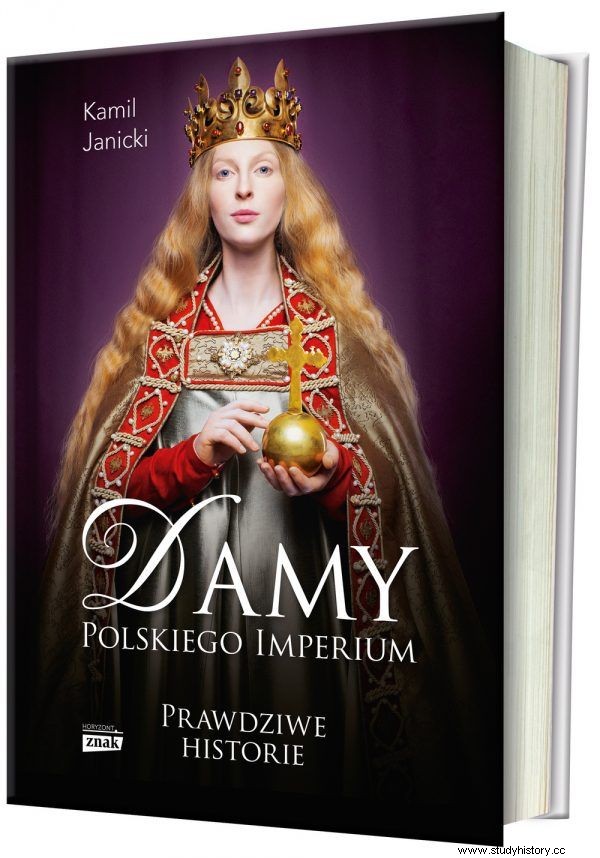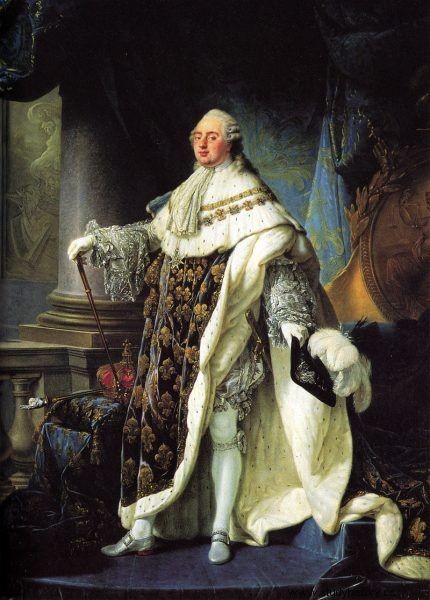This preparation was believed to allow you to rejuvenate for decades. Thanks to him, the old women became charming youngsters. At the same time, it was supposed to be the first cosmetic in Europe and ... an effective remedy for toothache. Did Kazimierz Wielki's sister really invent it?
“Three parts of vodka cleaned four times. The stem and leaves of rosemary two parts. This should be put together in a tightly closed vessel and left in a warm place for fifty hours, and then distilled in a special vessel. Take in the morning with food or drink one drachma for several weeks. ”
The recipe for this was written in 1666 by a doctor from Padua, Italy, Jan Praevotius. However, he immediately made a reservation that he was not its author. He stated that he had found the recipe as a young man by browsing the book collection of a respectable Cypriot family. Among old manuscripts, he found a dusty breviary considered a particularly valuable family memento. He was told that he had come to Cyprus as a gift from Queen Elizabeth of Hungary, ruling centuries earlier, "as a sign of mutual kindness".
In the codex - as argued by Jan Praevotius - there was a handwritten note of the monarch explaining how she dealt with a serious illness that struck her as an old woman:"I, Elizabeth, Queen of Hungary, very weak and ill with gout, used this prescription; a hermit gave it to me, whom I had never seen before or after, and I quickly recovered and regained my strength. "
The queen, quoted by the doctor, emphasized that the drug not only restored her strength, but also - her beauty. She became so alluring again that there were candidates for her widow's hand. "I refused, however, out of love for Jesus Christ, my lord, from whom I believe I received this prescription from an angel," explained the ruler.

Elzbieta Łokietkówna in the vicinity of the manor house in the graphics of Fr. Pillati
A medicine worthy of kings
The author of the note can only be identified with Elżbieta Łokietkówna. Sister of Casimir the Great and the extremely influential Queen of Hungary and regent of Poland . And that's what has been done for centuries.
Samuel Timon, considered one of the first Slovak historians, wrote at the beginning of the 18th century that thanks to an unusual mixture, Ludwik Węgierski's mother was so strong and energetic at the age of eighty that she danced among the courtiers. In part, the information is clearly false, because Elizabeth will not live to be so old. On the other hand, it is well known that Łokietek's daughter loved dancing. And "her" medicine in the era of the Enlightenment took Western European pharmacies by storm.
This specificity was called "the water of the Hungarian queen." It was used with enthusiasm by, for example, the French king Louis XVI. His courtiers and subjects doused themselves with water to beautify their faces, and even rinsed their mouths with it to combat toothache. The mixture was produced on a large scale in Lyon and Montpellier, and it was believed to be effective well beyond the borders of France. Latin poems praising it have survived, as well as Austrian satirical drawings relating to its effectiveness.

The amazing story of women who built the Polish power. Jadwiga Andegaweńska and her predecessors in a new book by Kamil Janicki:"Ladies of the Polish Empire". You can buy it at empik.com
Good marketing matters
Today also writes about the unusual invention of sister Casimir the Great. On one of the most widely read portals on the Polish Internet, you can even read that ... it was Elżbieta Łokietkówna who "invented cosmetics". However, while the legend of the Cypriot breviary and the almost magical specificity of our long-lived heroine sounds intriguing, it is completely false. Jan Praevotius was real and he was, in fact, from Padua. But he never… wrote a word about Elizabeth and her medicine! The whole story is only a late forgery distributed to boost the sale of the longevity product popular in the 18th century.
It is popular - which is worth emphasizing - in various countries, including Poland, where it was called "larędogra". At the same time, however, completely unknown in the country he allegedly came from. 'Queen of Hungary's water' was not sold at Lake Balaton either in the 14th century or even at the beginning of the 18th century.
A grain of truth
The story of the mysterious cure was associated with Elizabeth, because she was one of the best known, most distinguished, and also the longest-lived among Hungarian queens. In the West, the authenticity of this story was probably not taken care of. However, it is hard not to notice how accurately she fits the figure of the real Elizabeth.

Among the lovers of the Queen of Hungary's water there was, among others, the King of France, Louis XVI.
Łokietek's daughter may not have received a recipe for magic water from an enigmatic hermit, but ... she produced a whole range of other medical preparations. In 1369, right next to her beloved convent of Poor Clares in Buda, the Queen established an exclusive pharmacy store. Medicines were sold there, but also wax, soap, paper and even clothes. The information about the queen's serious illness, from which she emerged stronger and as if rejuvenated, is also true.
In fact, Elizabeth's health had deteriorated greatly. It was in 1364, when she was less than 60 years old. It was precisely because of her worsening ailments that she was unable to take part in the famous Krakow Congress and in the momentous feast at Wierzynek's, to which she was undoubtedly invited as well. The queen's condition was already critical. There were even rumors of her death, and the Pope sent the King of Hungary (and Elizabeth's son) mournful condolences. No wonder outsiders believed that there must have been some supernatural secret behind her recovery ...
Sources:
The article was based on materials collected by the author during the work on the book "Ladies of the Polish Empire. The Women Who Built a Power " . Full bibliography in the book.
